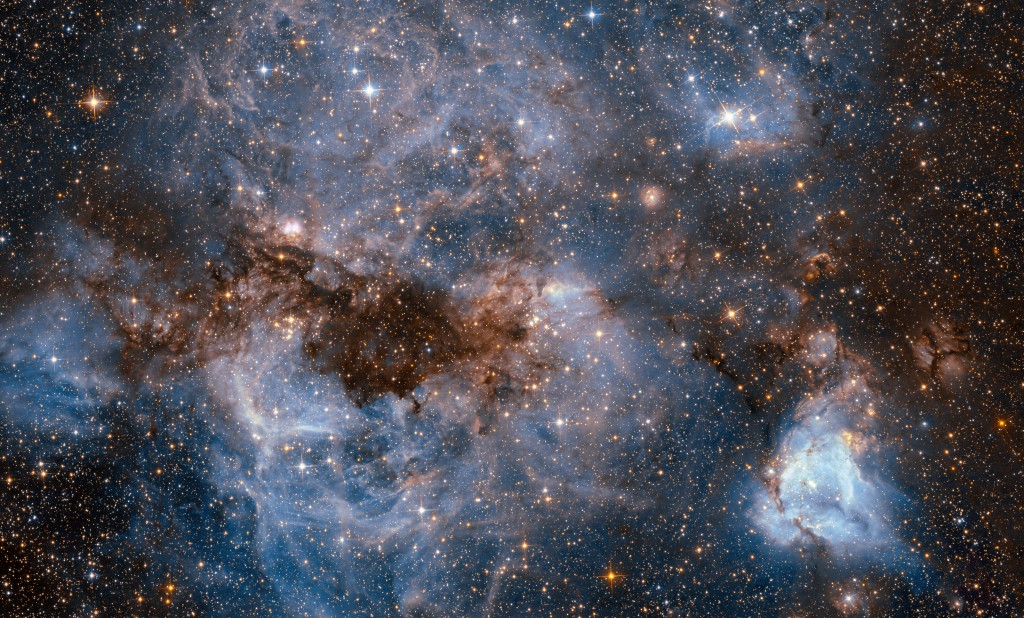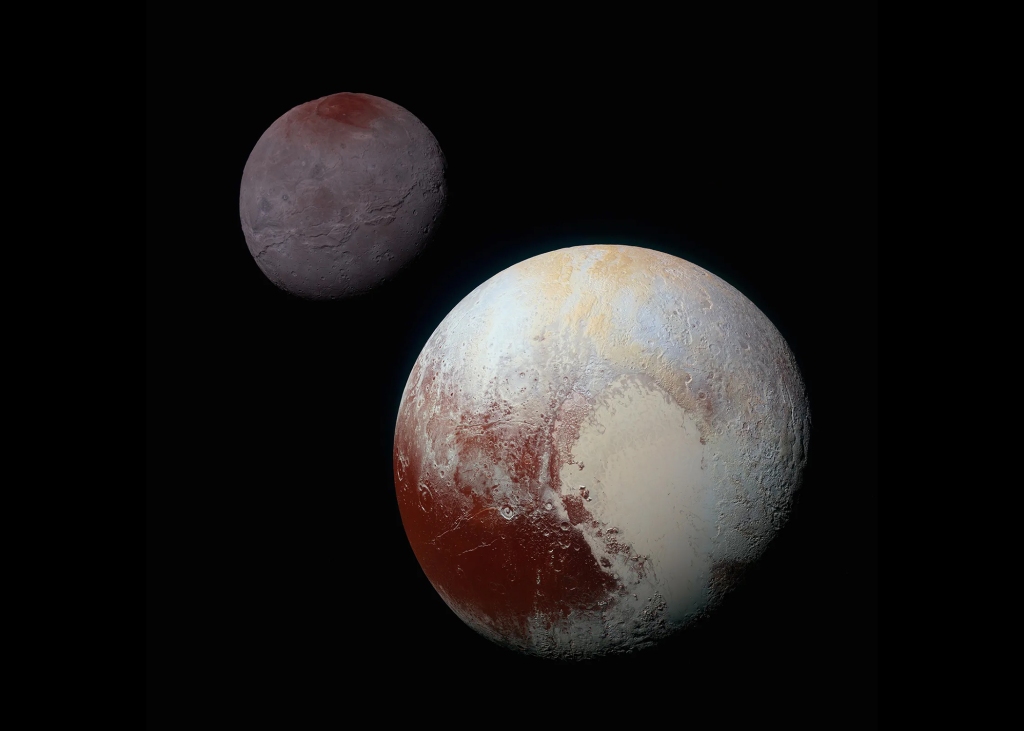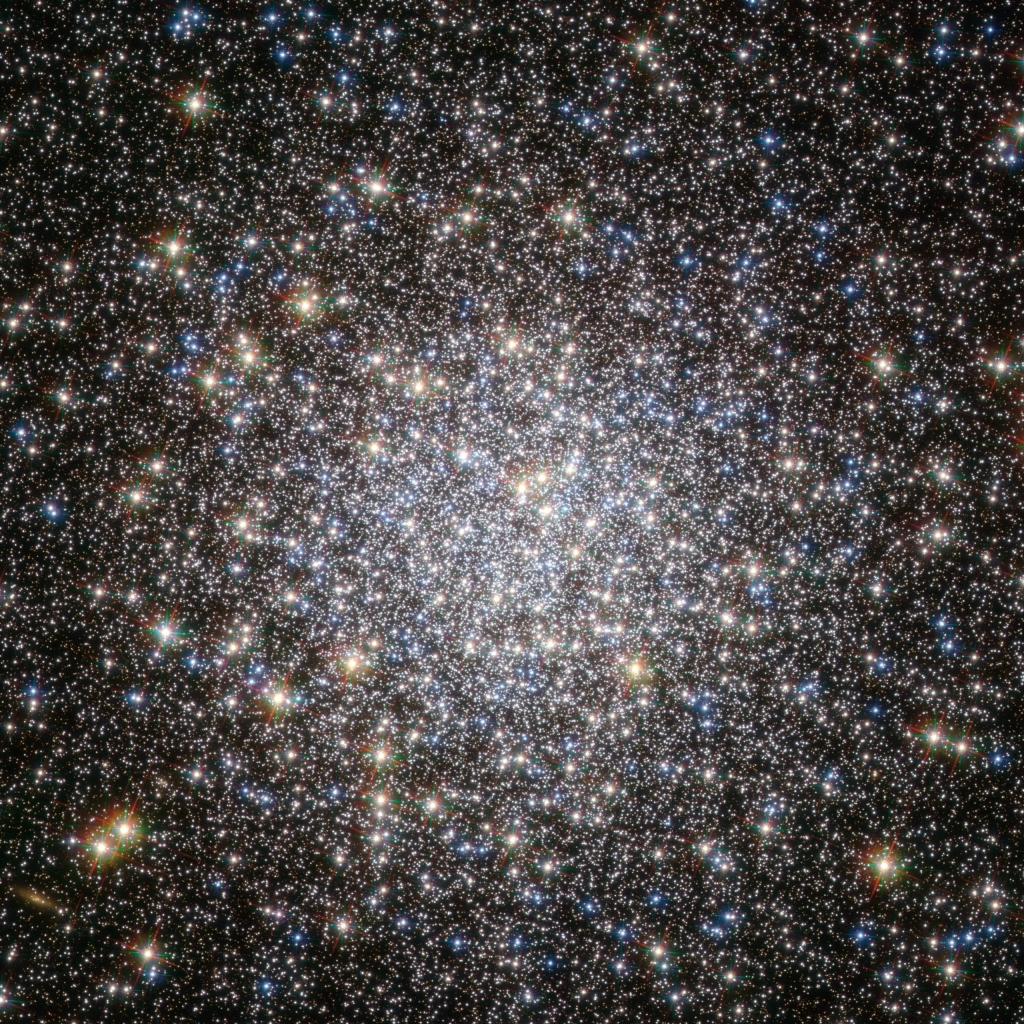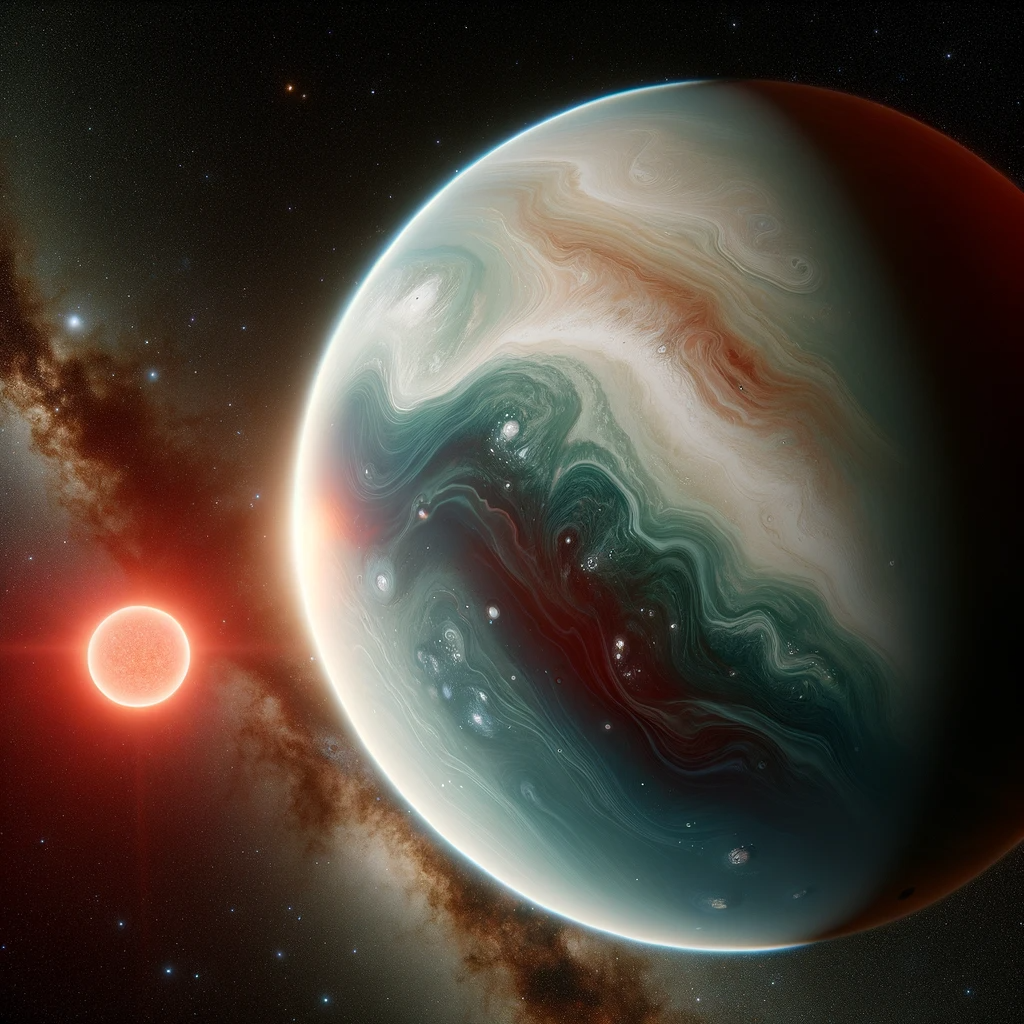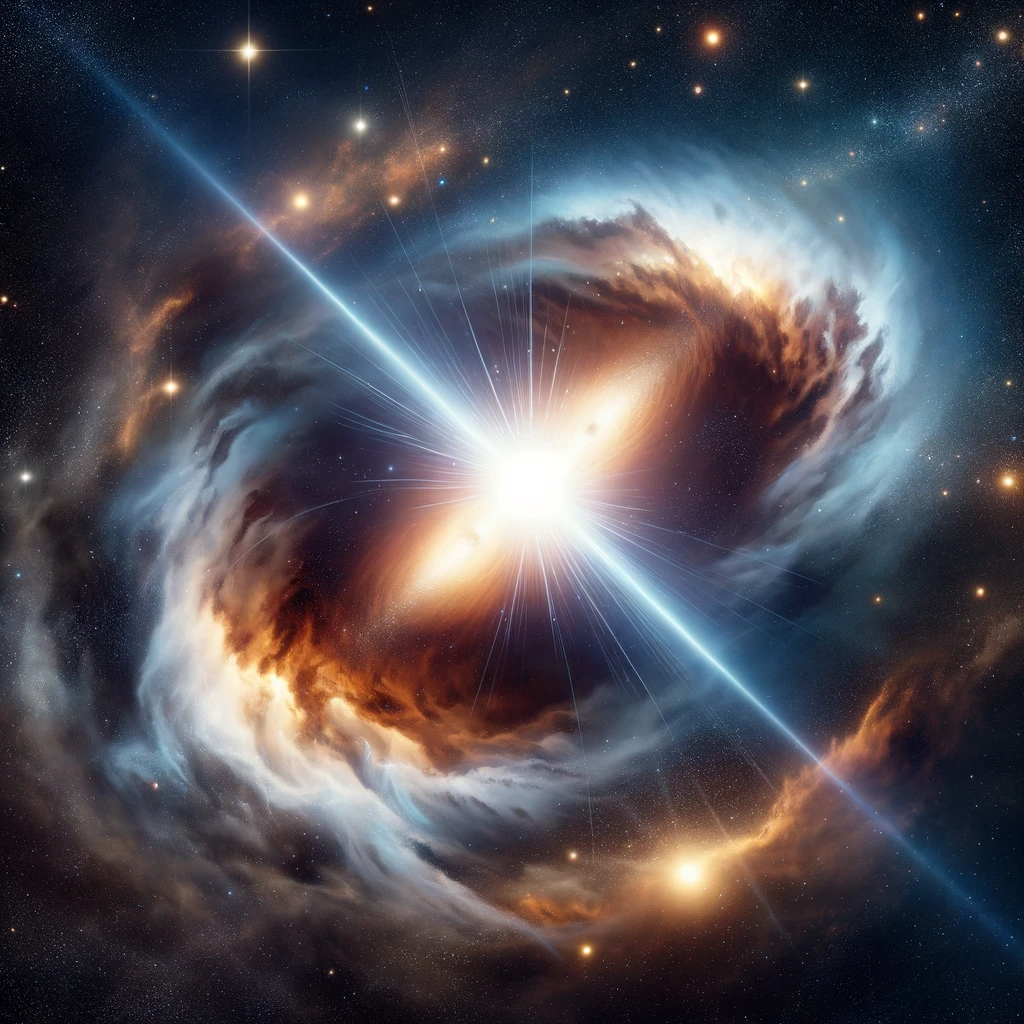In a new study utilizing Gaia Data Release 3 among other spectroscopic surveys, astronomers have identified 519 high-velocity stars (HiVels) traversing the Milky Way at speeds exceeding 70% of the local escape velocity. These stars, predominantly metal-poor late-type giants, exhibit complex trajectories and origins. Notably, nine of these stars are prime candidates for escaping the galaxy’s gravitational pull.
High-velocity stars, known for their extraordinary speeds significantly exceeding those of their stellar neighbors, are a compelling enigma in the cosmic landscape. Traveling at speeds that can surpass the escape velocity of their host galaxy, these stars exhibit velocities ranging from hundreds to thousands of kilometers per second. Their origins are as diverse as their trajectories; some are flung into space by the gravitational slingshot effect of supermassive black holes, particularly in scenarios where a binary star system interacts with such a black hole, leading to one star being captured and the other ejected at high speed. Others owe their velocity to the explosive forces of supernova events in binary systems, or the complex gravitational dynamics within densely packed stellar clusters.

The study of these celestial speedsters is not just an academic pursuit; it bears profound implications for our understanding of galactic dynamics, the enigmatic regions surrounding supermassive black holes, and the intricate processes of star formation and evolution. Astronomers harness the power of precise astrometric data, such as that provided by the Gaia space observatory, and detailed spectroscopic surveys to pinpoint and study these stars.
The HiVels identified in the study are classified into four distinct categories, with their paths intricately influenced by the Large Magellanic Cloud (LMC) and other celestial phenomena.
The first two categories are Hypervelocity Stars (HVSs) and Hyper-runaway Stars (HRSs) which travel fast enough to escape the galaxy’s gravitational pull, often propelled by interactions with massive black holes or stellar explosions. The second two categories are Runaway Stars (RSs) which are ejected from the galaxy’s disk through supernovae or stellar dynamics, and High-Velocity Halo Stars remain bound to the galaxy, originating either from within the Milky Way or as remnants of disrupted dwarf galaxies. Each category offers insights into the extreme dynamics and evolutionary processes in the cosmos.
In the study, one HiVel traces its origin to the Galactic center, while three others are likely from the Sagittarius dwarf spheroidal galaxy (Sgr dSph).
The research, which leverages the precision of Gaia DR3, marks a critical step in unraveling the origins and dynamics of these stellar speedsters.
Source: Liao, Jiwei, et al. “The Origin of High-Velocity Stars Considering the Impact of the Large Magellanic Cloud.” The Astronomical Journal, vol. 167, no. 2, 2024, p. 76, dx.doi.org/10.3847/15383881/ad18c4, https://doi.org/10.3847/15383881/ad18c4.
Featured Image: ESA/Hubble and NASA

